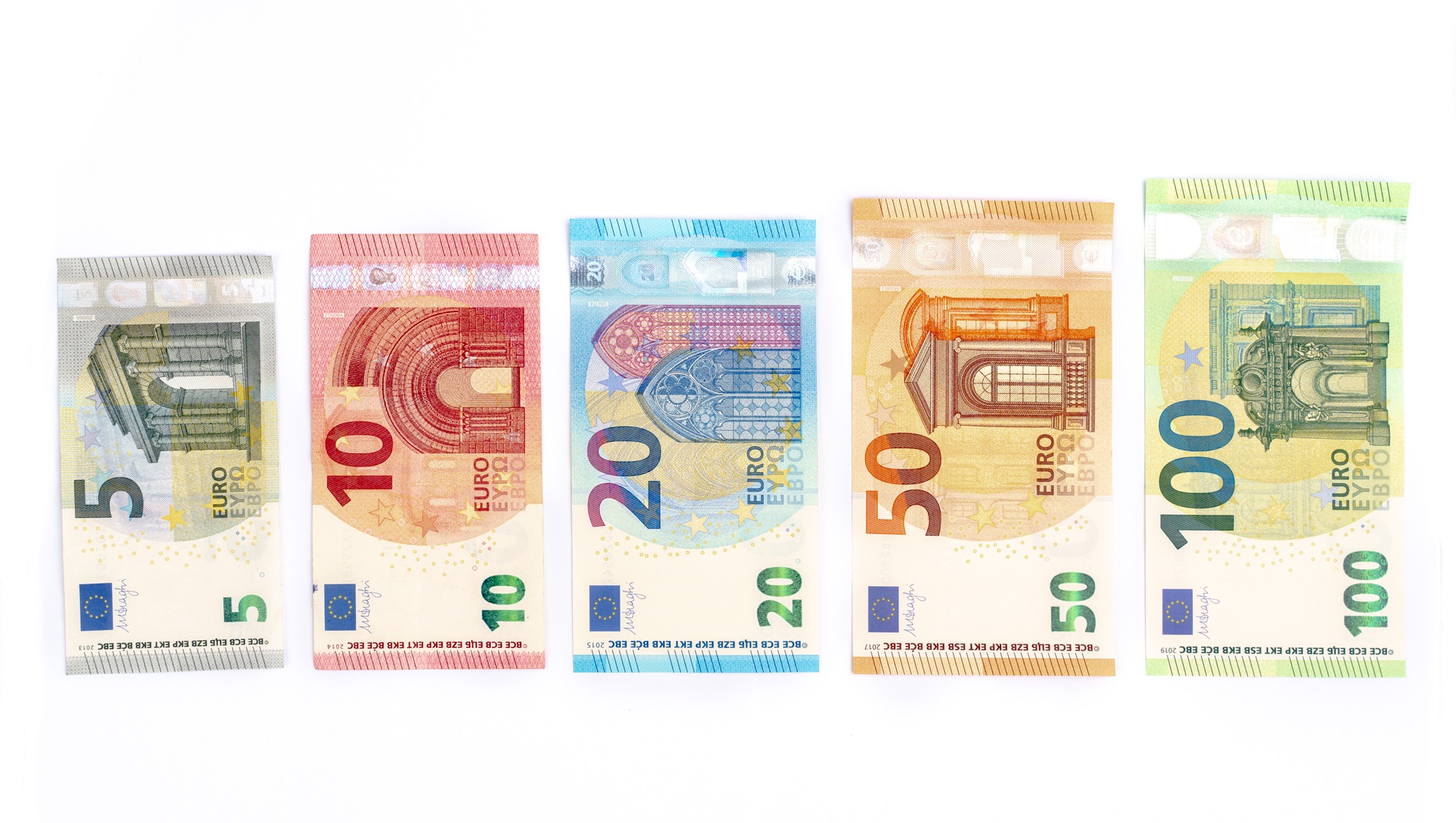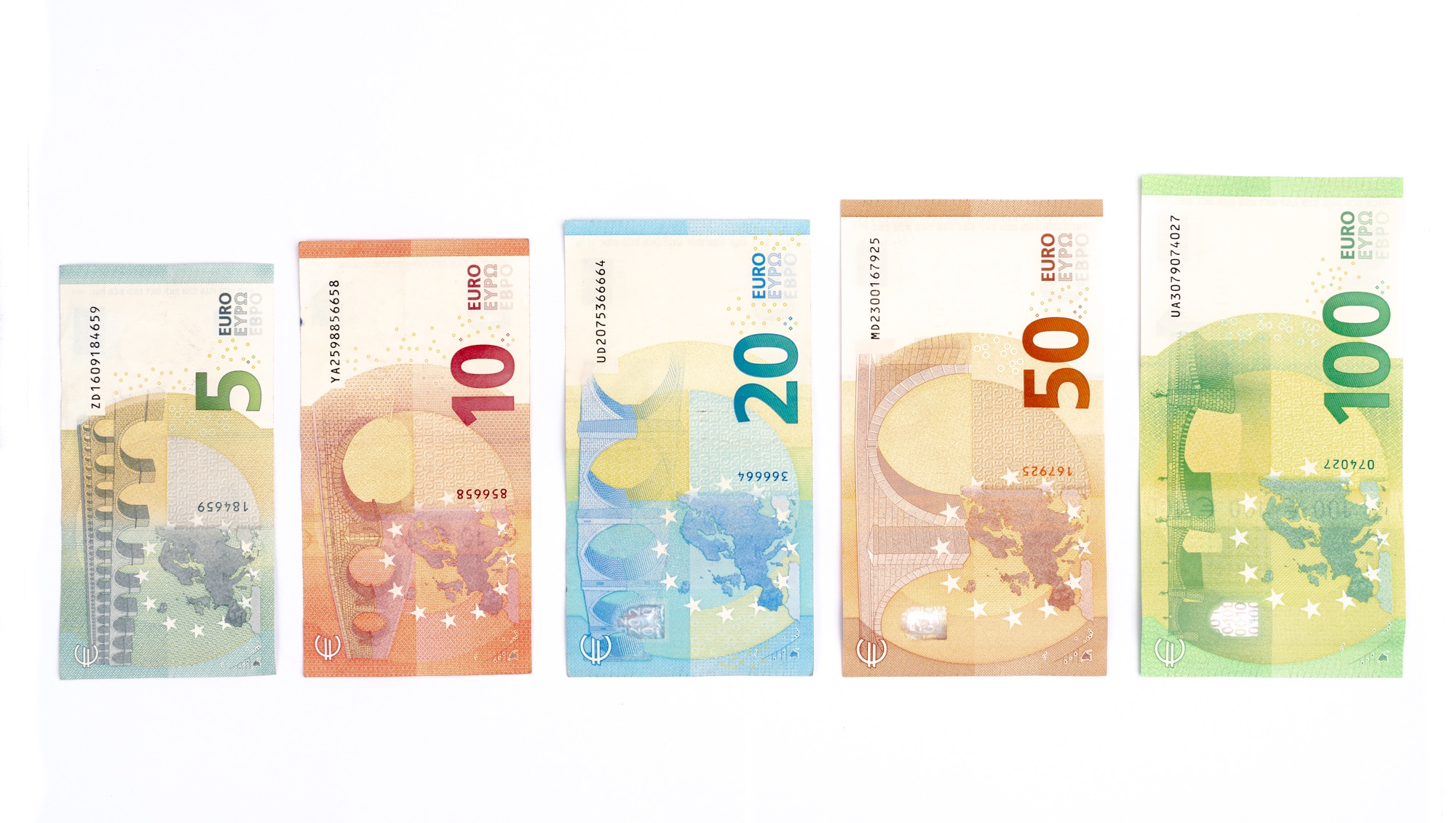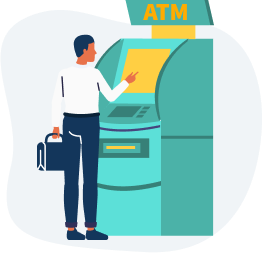Currency in Spain
A Travel Money Guide to Spain
It’s on many people’s bucket lists but you’re finally getting there! A trip to Spain is on your calendar and you’re about to experience everything we love about this country, from Picasso to Gaudi, tapas to paella, bullfighting to the flamenco, and sangria on the pristine beaches.
But how do you make it by with the Spanish currency? We’ve developed this guide to give you a complete lowdown on everything you need to know about the euro, currency exchange, and paying in Spain.
The currency Spain uses
In Spain, they use the euro as their currency.
Since 2002, Spain has embraced the monetary unit of the European Union: the euro. The euro, which uses the symbol € and the currency code EUR, is the second most traded currency in the world’s foreign exchange markets. The currency is issued by the European Central Bank.
In most countries that use the euro, the symbol is typically placed after the number, such as 1€.
Before 2002, the former currency of Spain was the peseta but since it was only valid in Spain, we’re grateful for the change!
Spainish Money
The euro is available in 15 denominations, including eight coins and seven banknotes. A single euro can be subdivided into 100 cents.
Euro coins are available in denominations of one cent, two cents, five cents, ten cents, 20 cents, 50 cents, €1, and €2.
In the eurozone – the zone where the euro is the legal tender – all coins share one common, standardised side with the coin value and a map of the European Union and one national side, in which each country chooses its own design.
Spain’s euro coins feature three designs. One, two and five cent coins feature the cathedral of Santiago de Compostela. The ten, 20, and 50 cent coins feature Spanish author Miguel de Cervantes while the €1 and €2 coins feature King Felipe VI.
All euro coins from every country are valid across the eurozone, regardless of their origin.
Euro banknotes come in denominations of €5, €10, €20, €50, €100, €200, and €500, although the €500 banknote is rare and sometimes difficult to use. Each banknote has a different colour with simple designs that represent eras of European architecture.



Using Your Bank Card in Spain
Some of the best travel money cards include debit, credit and prepaid cards. Spain is fairly big on plastic money and you should have almost no trouble using a bank card for payments across the country, especially in the bigger cities.
There are various bank cards you can use on your travels, each with their own pros and cons, so we’ll look at them individually below:
Debit Cards
A natural option, given you already have a debit card sitting in your wallet, debit cards are commonly accepted in both stores and ATMs across Spain.
Just be careful about the type of debit card you have; some banks charge exorbitant fees for ATM withdrawals and transactions abroad.
Some great debit cards with competitive exchange rates and low fees include:


Credit Cards
Credit cards offer a certain degree of security in case of emergency but they’re not always the best option for travellers.
You might be looking at hefty cash advance charges for ATM withdrawals while also being charged charged international transaction fees and ATM withdrawal charges.
For the best credit card for travellers, consider the 28 Degrees credit card.
Prepaid Travel Cards
As one of the world’s most popular currencies, you’ll have no trouble loading euro onto a prepaid travel money card.
While you may not be charged a currency conversion fee, you might incur other fees, including reload fees, inactivity fees, and ATM withdrawal fees.
It can also take several days for a prepaid travel card to process a reload, so it’s best not to let the balance get to zero.
Instead, try the Revolut or TransferWise debit cards; you can lock in the currency by buying a prepaid amount to load onto your card.

How to Exchange Currency in Spain
Sometimes the travel planning can be so overwhelming that you forget to pick up some currency before you go. Or you just decide it’s not a high priority.
These days, it’s relatively easy to exchange currency upon arrival in Spain, whether you’re coming into Madrid or Barcelona. But beware, the exchange options come with their own pros and cons.

Spanish Bank ATMs
ATMs, called cajeros automáticos in Spanish, are everywhere in Spain, especially in the larger cities, where you’re likely to find one on every corner.
Most ATMs accept cards with Visa, Mastercard, Maestro, Plus, JCB, and Cirrus logos. American Express is accepted in some ATMs, while you’ll have more trouble using Diners Club.
While ATMs are convenient, it’s good to get up to speed on the charges you’ll incur using them. Withdrawing cash from ATMs may incur fees not just from your own bank but from the bank of the ATM. You might be looking at a local bank fee, a foreign withdrawal fee, a currency conversion fee, and more.
Spanish Currency Exchange Outlets
Currency exchange offices, often marked with the sign ‘cambio’, are common, especially in the larger and more touristy cities.
While their opening hours tend to be longer than banks, and the service quicker, you might end up paying more in commissions and poor exchange rates.
And take care in airports. We understand how easy it is to pick up cash immediately on arrival but airports tend to offer worse deals than inner city cambios.


Travellers Cheques
Mostly seen as a little old fashioned today, travellers cheques may be more hassle than they’re worth.
Buying Spanish Currency Before You Go
If you’re organised, you’ll get the best deals by buying currency before you go. There are three main currency exchange options:
- Buying euros online to be delivered or for you to pick up in-store.
- Swapping AUD for EUR at a currency exchange store.
- Buying euros at the airport.
Undoubtedly the option with the best value is to buy the currency online through a currency exchange like S Money, which offers the same exchange rate as what you’d see on Google or XE.
If you prefer an immediate exchange of dollars for euros, consider a local currency exchange but compare rates and fees before buying. Many suburban exchange bureaus aren’t as competitive as inner city offices.
While the airport might seem like a reasonable option, it’s not a good idea if value is your first priority. Australian airport currency exchanges provide some of the worst rates and fees in the world.
What Will the Spanish Euro Buy Me?
One of our hottest tips is to make sure you only get the currency you’ll need for the duration of your trip to save yourself converting excess euros back into Aussie dollars again.
So to give you an idea of how much you’ll need in Spain, here are some of the average costs:

€60-150 per night
A double room in a mid-range hotel

€10
A daily set menu (menú del día)

€2
A beer

€1.50-2
A single public transport ticket

€25 per day
Car rental

